Shekhawati, Step into a living canvas – Shekhawati, Rajasthan’s heart. Vibrant frescoes explode on every street corner, narrating tales of forgotten heroes, mythical creatures, and enduring love stories. This open-air art gallery boasts architectural marvels and artistic wonders, transporting you to a bygone era of opulence. Bustling bazaars in Mandawa, serene streets in Nawalgarh, and majestic forts in Fatehpur – each corner throbs with a unique energy. Unveil the rich tapestry culture, history, and warm hospitality. Join us on a journey where every wall is a canvas, every step a brushstroke in Rajasthan’s masterpiece. Shekhawati promises to ignite your imagination and leave an unforgettable imprint on your soul.
How to reach:
By Air: The nearest airport is Jaipur International Airport (JAI), located approximately 180 kilometers away. Jaipur airport is well-connected to major cities in India and also offers international flights. From the airport, you can hire a taxi or take a bus to reach Shekhawati.
By Train: The nearest railway station is in the city of Jhunjhunu, which is well-connected to major cities like Delhi, Jaipur, and Bikaner. Alternatively, you can also reach Shekhawati by train via the cities of Sikar and Churu, which are also close to the region.
By Road: Shekhawati is well-connected by road to various cities in Rajasthan and neighboring states. You can reach Shekhawati by bus or car from cities like Jaipur, Delhi, Bikaner, and Jodhpur. The road network is generally good, and you can enjoy a scenic drive through the countryside.
Local Transport
Once you reach Shekhawati, you can explore the region using local transportation options such as auto-rickshaws, cycle-rickshaws, and taxis. These are readily available and can take you to various attractions.
Best time to visit:
Winter Wonderland (October to March):
- Pleasant Exploration: Winter bathes Shekhawati in comfortable temperatures, ranging from 20°C to 25°C (68°F to 77°F) during the day. Explore the region’s magnificent painted havelis, forts, and temples without the summer’s scorching heat.
- A Season of Celebration: Immerse yourself in Rajasthan’s vibrant culture as winter coincides with the festive season. Witness Shekhawati come alive with dazzling displays of Diwali, Teej, Holi, and other colorful celebrations.
- Wildlife Encounters: Winter beckons wildlife enthusiasts. Explore nearby sanctuaries like Tal Chhapar and witness a variety of animals in their natural habitat. Birdwatchers will be delighted by migratory bird species, including raptors and a diverse array of other avian life.
- Capture the Enchantment: Photographers rejoice! Winter’s clear skies and soft light present the perfect opportunity to capture the magic of Shekhawati. From the vibrant frescoes to intricate architectural details and captivating landscapes, the season offers ideal lighting for stunning photographs.
Summer Tranquility (April to June):
- Embrace the Quiet: Summer transforms into an off-season for tourism, offering a tranquil experience for those who prefer fewer crowds.
- Seek Indoor Adventures: While the scorching heat (often exceeding 40°C or 104°F) may limit outdoor activities, explore the region’s captivating museums, art galleries, and heritage properties.
Monsoon’s Lush Embrace (July to September):
- A Touch of Green: Shekhawati experiences sporadic rainfall during the monsoon, bringing a welcome respite from the summer heat and painting the surroundings a lush green.
- A Time for Reflection: Heavy rainfall may limit outdoor activities, but the countryside awakens with vibrant greenery, offering a picturesque escape. This season presents unique photography opportunities with dramatic skies and a landscape transformed by lush vegetation.
Attractions:
Painted Havelis:
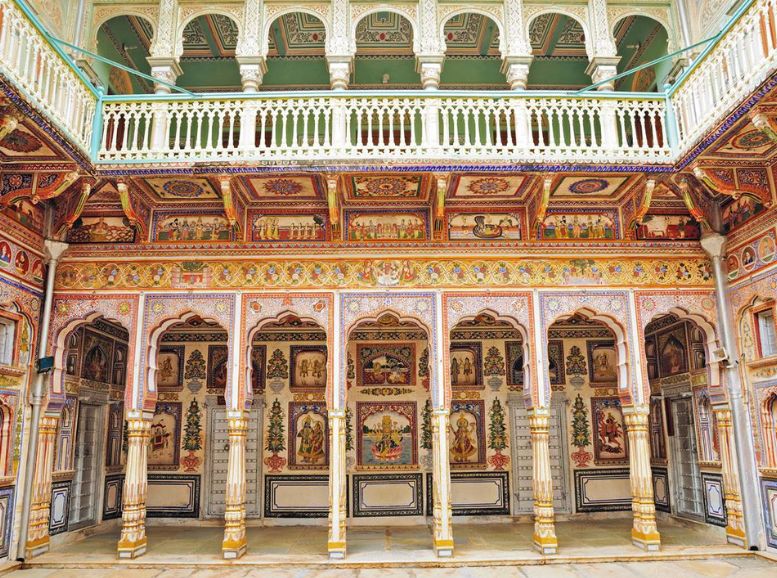
Shekhawati stuns visitors with its elaborately decorated havelis (mansions). These architectural marvels are adorned with frescoes that come alive with vibrant colors, depicting scenes from mythology, history, and everyday life. Step back in time as you explore these murals, offering a captivating window into the region’s rich cultural heritage, artistic traditions, and bygone eras. Don’t miss the Sethani Ka Johara Haveli, Goenka Double Haveli, and Morarka Haveli in Nawalgarh, or the Podar Haveli Museum in Mandawa. Each haveli boasts unique architectural styles and captivating stories whispered through their frescoes.
Mandawa Fort: Shekhawati
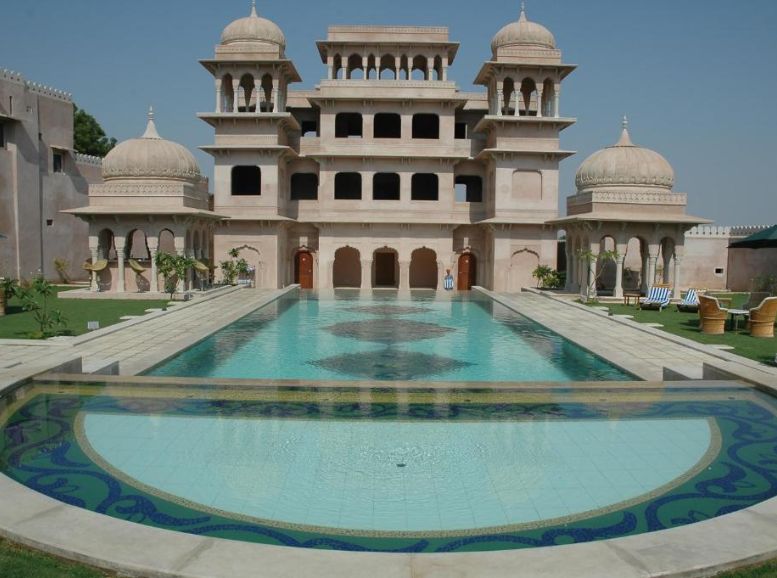
Standing tall since the 18th century, Mandawa Fort enthralls visitors with its majestic presence. This architectural marvel boasts intricate carvings, grand structures, and panoramic vistas that sweep across the surrounding landscape. Step inside to discover a treasure trove of beautiful frescoes, along with antique artifacts and a captivating collection of traditional Rajasthani artwork.
More than just a historical landmark, Mandawa Fort has been meticulously transformed into a luxurious heritage hotel. Imagine yourself residing within the fort’s regal walls, where you can wander through courtyards once graced by Rajput royalty.
Fatehpur:
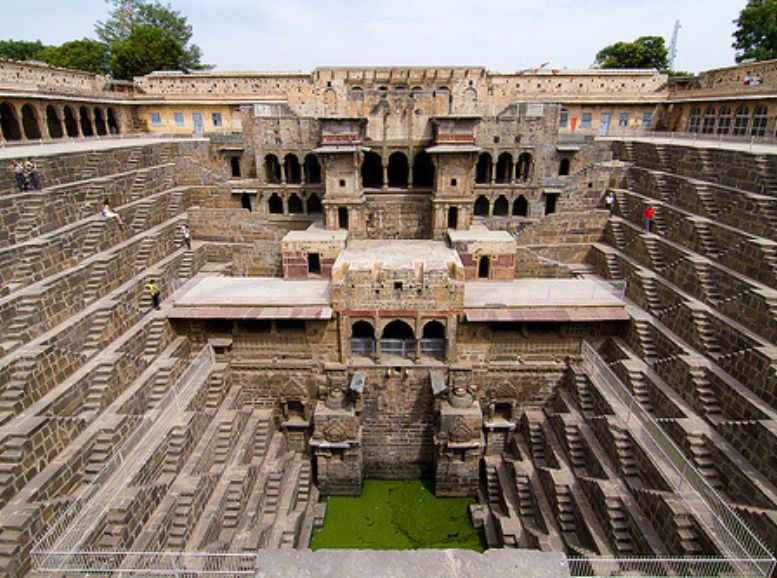
Unveiling a treasure trove of artistic mastery, Fatehpur stuns with its well-preserved havelis. Adorned with vibrant frescoes, these architectural wonders stand as testaments to the skill of Shekhawati’s artisans. Imagine them as open-air art galleries, their intricate paintings whispering tales of a bygone era. Don’t miss the Singhania Haveli, Nadine Le Prince Haveli, and Jagannath Singhania Haveli. Each haveli offers a unique perspective on the region’s rich artistic heritage and a glimpse into the lives of those who once called these grand structures home.
Nawalgarh:
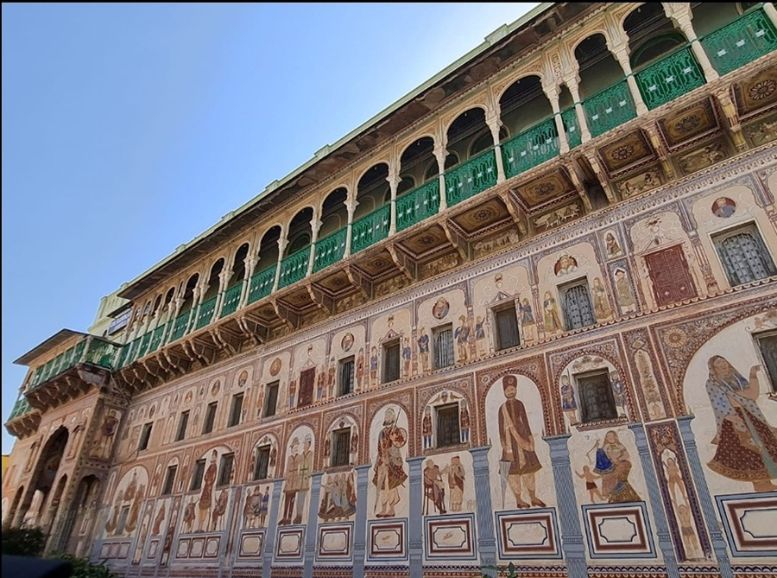
Nawalgarh is an open-air museum, brimming with architectural wonders. Majestic havelis, serene temples, and imposing forts stand as testaments to the region’s vibrant past. Step back in time as you explore the Poddar Haveli Museum, Morarka Haveli Museum, and Nawalgarh Fort. Each location boasts a collection of exquisite frescoes, bursting with color and life. These murals not only showcase the artistic mastery of Shekhawati’s craftspeople, but also offer a captivating glimpse into the lives of bygone eras. Let the walls whisper their stories, and delve deeper into the region’s fascinating history and rich heritage.
Laxmangarh Fort:
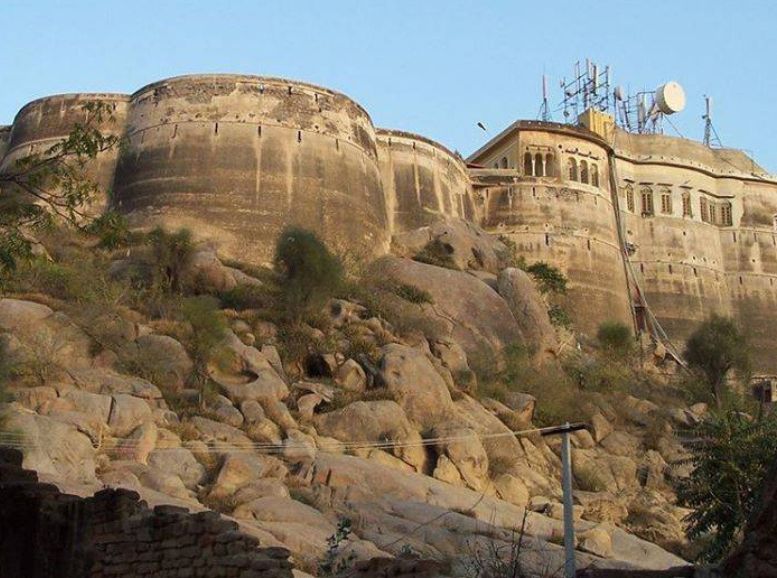
Atop a scenic hill, Laxmangarh Fort reigns supreme, offering breathtaking panoramas of the sprawling countryside below. More than just a majestic sight, this fort boasts a rich history as a strategic defense point, safeguarding the Shekhawati region from invaders for centuries. Solid walls and watchtowers stand as silent sentinels, whispering tales of battles fought and won. Explore the fort’s intricately carved gates, temples, and palaces, and immerse yourself in the regal ambiance of Rajasthan’s princely era. Let your imagination wander as you explore, picturing the lives lived and stories held within these ancient walls.
Local experiences:
- Uncover Hidden Gems: Embark on guided heritage walks through charming towns and villages. Discover ornate havelis (mansions) and ancient temples, and gain insights into the region’s fascinating history and architectural legacy from local experts who bring Shekhawati’s stories to life.
- Become an Artisan for a Day: Delve into the heart of traditional crafts by visiting artisan workshops. Learn the intricate skills of fresco painting, pottery making, and tie-dye textile printing from generations-old masters who preserve these age-old techniques.
- Live Like a Local: Experience the warmth of Rajasthani hospitality with a village homestay. Connect with local families, participate in daily life like preparing meals or tending to livestock, and gain a deeper understanding of rural Rajasthan.
- A Culinary Adventure: Embark on a delicious journey through bustling markets and local eateries. Savor the authentic flavors of Rajasthani cuisine by trying delicacies like dal baati churma, gatte ki sabzi, and ker sangri. Learn about the distinct spices and ingredients that make Rajasthani food so unique. Indulge in sweet treats like ghewar and malpua for a truly memorable experience.
- Explore by Camel Cart: Travel back in time with a leisurely camel cart ride through the picturesque countryside. Explore charming villages, lush farmlands, and ancient ruins while enjoying the rhythmic sway of the cart and soaking in the sights and sounds of rural life.
- Witness Living Culture: Immerse yourself in Shekhawati’s vibrant cultural heritage with traditional folk performances. Be captivated by mesmerizing Rajasthani folk dances like Ghoomar, Kalbelia, and Bhavai, all accompanied by soulful music and colorful costumes.
Travel tips:
- Ideal Winter Escape: Shekhawati shines during the cool winter months (October to March). Pleasant weather makes sightseeing and outdoor activities enjoyable.
- Stay Hydrated: Shekhawati can get hot, especially in summer. Bring a refillable water bottle and stay hydrated throughout your explorations.
- Beat the Sun: Sun protection is essential. Pack sunscreen, a hat, sunglasses, and lightweight, breathable clothing. Consider an umbrella or scarf for extra shade.
- Respect the Culture: Shekhawati boasts a rich cultural heritage and traditional values. Dress modestly at religious sites, and ask permission before photographing people.
- Explore Like a Local: Embrace local transportation options like auto-rickshaws, cycle-rickshaws, and taxis. They’re convenient, affordable, and offer a unique local experience.
- Haggling is Expected: Bargaining is customary in Shekhawati’s markets. Don’t hesitate to negotiate prices with vendors for souvenirs, handicrafts, or textiles.
- Cash is King: While some places accept cards, carrying cash is recommended, especially in rural areas or local markets where cards might not be an option.
- A Culinary Adventure Awaits: Immerse yourself in Rajasthani cuisine by savoring local delicacies like dal baati churma, gatte ki sabzi, ker sangri, and traditional sweets. Seek out authentic eateries and street food stalls for a true taste of Shekhawati.
- Live Like Royalty: Elevate your experience by staying in heritage hotels, havelis, or guesthouses. These accommodations showcase the region’s architectural heritage and offer cultural immersion.
Conclusion
Shekhawati beckons travelers with a captivating journey through Rajasthan’s vibrant tapestry. Explore historic havelis adorned with frescoes, bustling markets overflowing with traditional crafts and delectable cuisine, or simply soak in the timeless beauty of the landscapes. Every corner promises discovery and wonder. Whether you delve into architectural marvels or lose yourself in authentic experiences, Shekhawati leaves an indelible mark. As you depart, take with you not just memories of its splendor, but a deeper appreciation for the region’s rich heritage. To unlock the hidden treasures and captivating stories, plan your unforgettable adventure with Xplro.com.
FAQs
- What makes Shekhawati famous?
- Shekhawati is renowned for its intricate frescoes, ornate havelis, and rich cultural heritage, earning it the nickname “open-air art gallery” of Rajasthan.
- How can I reach Shekhawati?
- Shekhawati is accessible by road from major cities like Jaipur, Delhi, and Bikaner. The nearest railway stations are in Jhunjhunu and Sikar, while Jaipur has the closest airport.
- When is the ideal time to visit Shekhawati?
- The best time to visit Shekhawati is during the winter months, from October to March, when the weather is pleasant and conducive to sightseeing.
- What are the key attractions in Shekhawati?
- Some must-visit attractions in Shekhawati include painted havelis such as Sethani Ka Johara Haveli and Mandawa Fort.
- Are guided tours available in Shekhawati?
- Yes, guided tours of Shekhawati’s major attractions are available for visitors interested in learning about the region’s history and architecture.
- What is the significance of Shekhawati’s frescoes?
- The frescoes in Shekhawati depict a variety of subjects, including mythology, history, and daily life, serving as a testament to the region’s cultural richness.
- Can I stay in a heritage hotel in Shekhawati?
- Yes, it offers several heritage accommodations where visitors can experience the grandeur of Rajasthan’s heritage.
- What local dishes should I try in Shekhawati?
- Local delicacies to sample in Shekhawati include dal baati churma, gatte ki sabzi, and Rajasthani sweets like ghewar and malpua.
- Are there any wildlife sanctuaries near Shekhawati?
- Yes, Tal Chhapar Sanctuary is a nearby wildlife sanctuary known for its diverse bird species, including migratory birds like the Demoiselle Crane.
- What cultural festivals are celebrated in Shekhawati?
- This place hosts various cultural festivals throughout the year, including the Shekhawati Festival, which showcases the region’s art and traditions.
- Is photography permitted in Shekhawati’s attractions?
- Yes, photography is generally allowed in Shekhawati’s attractions, though it’s advisable to check for any specific restrictions at individual sites.
- What adventure activities are available in Shekhawati?
- While primarily known for its cultural attractions, Shekhawati offers activities like camel safaris and village walks for adventurous travelers.



